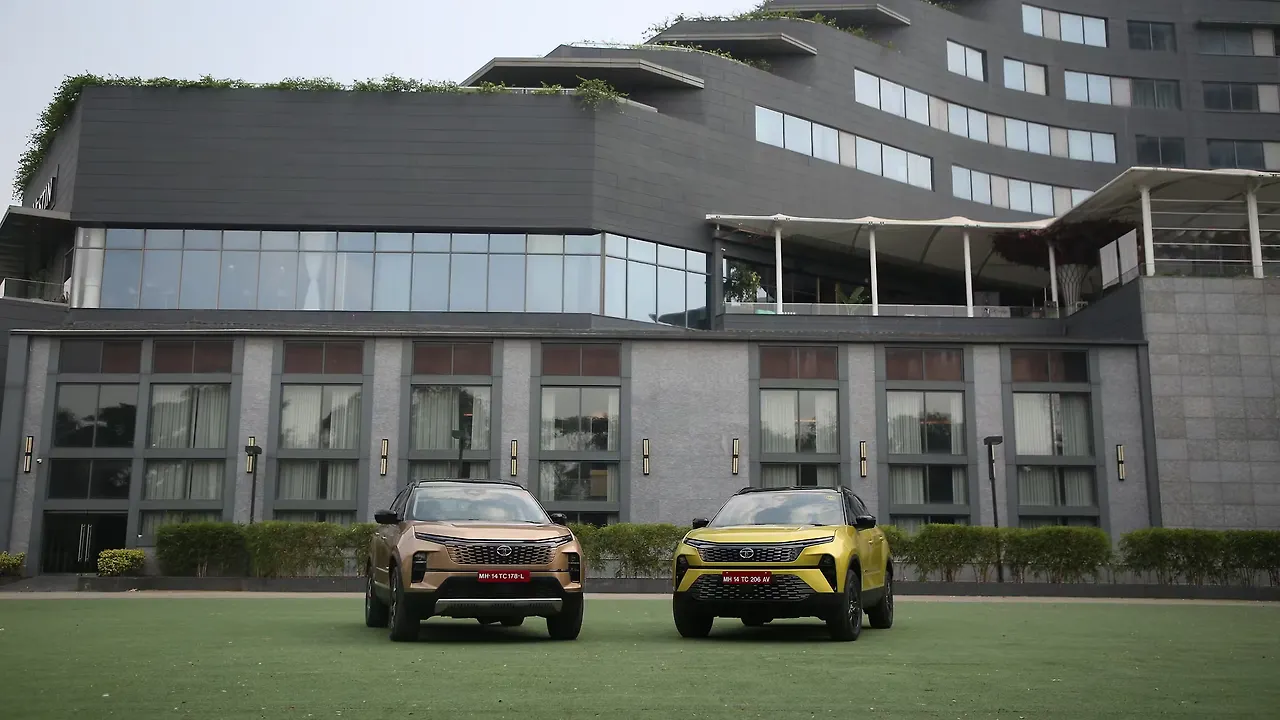
Tata Motors is pushing the envelope in design to meet the needs of a new generation of customers whose average age is falling by the day. Martin Uhlarik, Head of Global Design, and his team are now taking the ‘Impact Design 2.0’ philosophy to the next level.
This initiative was first unveiled in 2018 to focus on practical use and general ambience in the interiors of its new vehicles. Tata Motors described the new cabin design philosophy as 'clutter-free,' with all functions and controls placed within arm's reach.
While the strategy worked, the focus is now on current updated models like the Nexon, Harrier and Safari, part of the new philosophy, and identified by striking looks and digitalised cabins. They not only feature touch controls and bigger screens inside but their exteriors are marked by fancy light shows and cutting edge design.
Beyond this, while aerodynamic designs go hand-in-hand with electric vehicles, the company is incorporating these for its internal combustion engine offerings too. According to Uhlarik, there is a “clear translation into value” while making an aerodynamic vehicle in terms of sustainability and aesthetics.
He said readying products for global standards has helped the company achieve its new design language. “They are all intended to be globally competitive given that our rivals already have global products sold in India,” added Uhlarik.
In his view, India has a “very unique approach” when it comes to tastes, USPs and functionality and designing products for consumers here helps in the global template too. He said Tata Motors is an Indian car company which should wear its identity with pride.
Team Spirit
Uhlarik said the young team of designers was playing a role in taking the story forward. From the company’s point of view, the top priority was to capture the spirit and values of young buyers and here is where the design team of 240 people were ready to meet their needs.
The average age of the team is 30 years which helps bring a lot of fresh and innovative design ideas to the table. “The management, with its wisdom and experience, guides them in putting ideas forward,” he explained.
In many ways, the people creating the products were a reflection of those being them. It was important for the management to keep an open mind to new (design) languages emanating from young minds.
The diversity within the team is also helping in taking the philosophy forward. The company has studios in India, Italy and the UK with 12 nationalities working here. Describing this as an ‘orchestra’, Uhlarik said this diversity was the USP of the design department where everybody was bringing different ideas to the table.
The ‘Persona’ based approach is also a key input to the design strategy where the company looks at the trims of the product in a horizontal rather than vertical form. Without a hierarchy of trims, there is a message of offering lifestyle choices to customers without stressing on their budgets.
The ‘persona’ strategy kicked off with Punch and has gained momentum with Nexon, Harrier and Safari. Uhlarik said it has made the entire design process more creative and appealing where buyers can choose a vehicle that is in sync with their personality. Tata Motors has mapped out a strategy for every model with 6-7 ‘personas’. “We know every model and which personas are buying,” he added.
Uhlarik said the auto industry has been very slow old-fashioned when it comes to design evolution. However, today, there is a huge change happening from the analogue industrial product to a digital consumer offering. Technical innovation and advancement are clearly playing a big role in design where some are flashy to catch the fancy of buyers while others are more sombre with a “solid base” that will transcend to future vehicles.
Also Watch